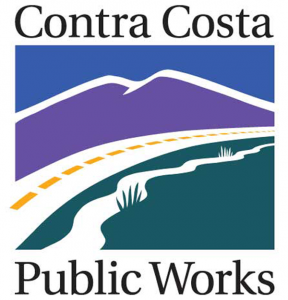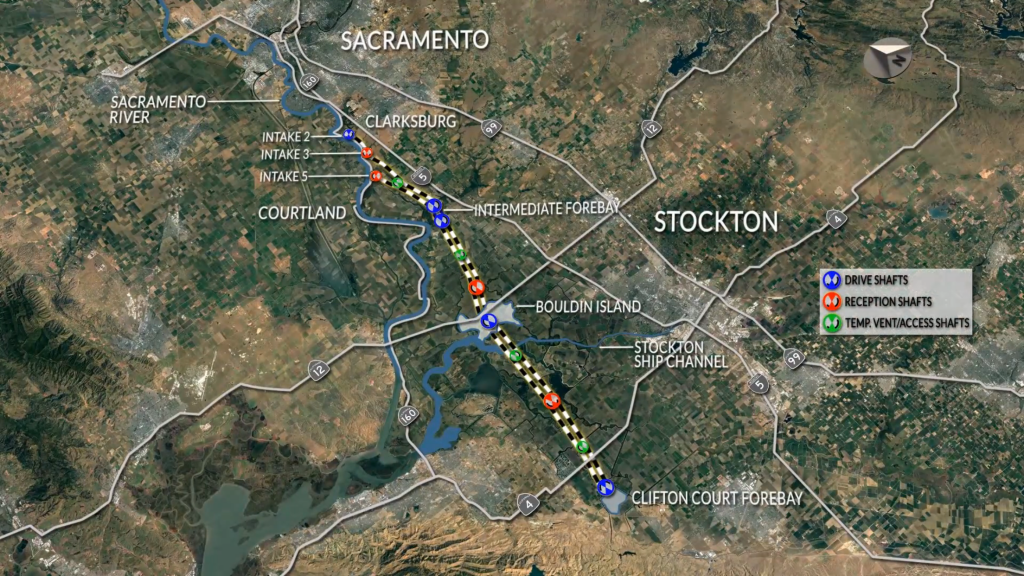
How should the City Council divide Antioch into four equal districts? Create your own map and offer your input now through April 10.
Next hearing Thursday night, Feb. 15 at 7:00 p.m. at Antioch Community Center in Prewett Park
By John Crowder
The City of Antioch held it’s first of two public hearings on Districting on Tuesday, February 13 and not all residents are happy about it. Districting is the process that may result in changing from the current system of at-large elections for city council members to one in which representatives are elected from four districts, by voters who live in each district. (See related articles, here and here).
When the agenda item was reached, late in the meeting, Interim Antioch City Attorney Derek Cole explained the process
According to Cole, it was the first of five meetings the City would undertake as part of the process to convert from at-large elections of City Council members to elections held by District. However, the mayor would still be elected citywide under the new system. Cole introduced Karin MacDonald, Principal Consultant of Q2 Data and Research, the consulting firm tasked with leading the districting process for the city. Q2 was the same firm selected as the consultant to the California Citizens Redistricting Commission for the statewide decennial effort in 2011.
MacDonald provided a slide presentation explaining the districting process. As she explained, the 2001 California Voting Rights Act (CVRA) made it easier for members of a protected class to prove that at-large elections ‘dilute’ their voting strength. In November 2017, the Council received a ‘demand letter’ asserting a violation under the CVRA. As a result, in January 2018, the Council passed a resolution of intent to move from at-large to by-district elections.
According to MacDonald, the strict timeline and constraints imposed by the CVRA require the entire process be completed in 90 days, that five hearings take place, and that two of these hearings occur prior to creating a draft map. At the final hearing, the Council can adopt the Council District Boundaries.
Besides explaining the process, the February 13 hearing would serve as the first of two hearings designed to gather community input. The second will take place on February 15, at 7:00 pm, at the Prewett Community Center.
The third meeting is scheduled for March 10, at 9:00 am at the Nick Rodriguez Community Center. During that meeeting, consultants will present the input received and outline draft maps and options. The Council will be able to create a draft map during the meeting. The draft map will be available for comment online and elsewhere around March 12.
The final two meetings will be held on March 27 and April 10, both at 7:00 pm in the City Hall Council Chambers. At these hearings the ordinance will be read. At the final hearing, it is anticipated that a vote will take place on the ordinance.
MacDonald noted that there are five criteria used for drawing districts; equal population, compliance with the Federal Voting Rights Act (FVRA), contiguity, compactness, and respect for communities of interest. Not to be considered are incumbents, candidates, and political parties. Elections could be undertaken by districts as early as November 2018.
During the hearing, a handful of speakers weighed in, some supporting and some opposing the idea of district elections.
Nancy Fernandez, the first speaker, stated her opposition to district elections. “They don’t function because each council member is trying to please his voting constituents and not doing the business of the city as a whole,” she said.
Planning Commissioner Jim Conley also spoke in opposition. After stating that Antioch has a diverse community and a diverse city council, he said that districting makes council members very parochial and leads to backroom deals being done. “The City doesn’t matter,” he said, “It’s your district that matters.”
Planning Commissioner Kerry Motts expressed support for district elections. He said that districts have worked elsewhere and will solve a major problem of underrepresentation in the northern part of Antioch.
Two members of the East County Regional Group spoke in favor of district elections. They argued that district elections would make running for office more accessible, and asked that the number of immigrants, low-income, families, and people of color be considered in forming districts.
Representing the Rivertown Preservation Society, Joy Motts also spoke in favor of district elections. She said that members of the Rivertown community do not feel they are represented or listened to and said that the creation of a path for a North Rivertown representative should be a priority. She dismissed the idea that elected officials would be parochial, saying, “Quality leaders will work together.”
The last to speak from the public was long-time resident Larry Harrison. Calling the move to district elections, “utter nonsense,” he said that it was, “a solution without a problem.” He advocated banding together with other cities that oppose moving to district elections and working to overturn the law that was forcing the change.
During Council discussion, Mayor Pro Tem Lamar Thorpe began by saying, “This is not a done deal.” He went on to say that, while the Antioch City Council is diverse, other elected offices must be considered, and other factors besides race should be taken into account. (Mac Donald responded that race could not be considered in drawing districts.) Thorpe also said that the process had created more competitive elections in other electoral races.
Council Member Tony Tiscareno noted that the demand letter was based on lack of Latino representation, yet, “we have Latino’s living throughout the city.” He also raised the concern that data from the 2010 census would be used to draw the maps. “Right now, it’s very confusing to me,” he said.
Mayor Sean Wright agreed with Tiscareno that the process, and the premise behind it, were confusing. “The confusion for all of us, is that we’re threatened because we’re ‘racially polarized.’ It just does not make sense,” he said.
Council Member Lori Ogorchock expressed concern with the lack of attendance. “There’s maybe forty people here,” she said. “We really need to hear everybody’s point of view. We want everybody to have their voices heard.” She encouraged those present to share information with their neighbors.
Following the hearing, the lead consultant, Ms. MacDonald, emphasized the need for as much public input as possible to create, “lines that will work.” She asked that City residents go to the City Website and to the Districting page, http://districtelections.ci.antioch.ca.us/, and share their comments and even create their own draft maps using the interactive city map.









 Stage Right Conservatory Theatre will hold auditions for “Charlie and the Chocolate Factory” on March 5th and 6th at the Nick Rodriguez Community Center,
Stage Right Conservatory Theatre will hold auditions for “Charlie and the Chocolate Factory” on March 5th and 6th at the Nick Rodriguez Community Center, 




 The Contra Costa County Public Works Department will perform work on
The Contra Costa County Public Works Department will perform work on 













